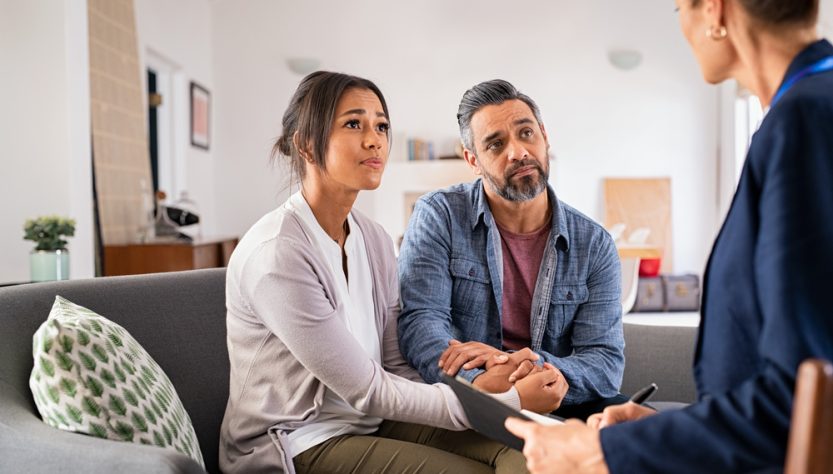It is a scenario that plays out every day in counseling offices across the country: a counselor asks an open-ended question, then patiently waits for whatever answer comes back. Open-ended questions are so ingrained within the counseling concept that they have become somewhat of a joke. But to a therapist, open-ended questions are like gold.
Relationships & More is a psychotherapy clinic in Westchester County, NY. Their therapists are quite fond of open-ended questions. But that’s not all. Relationships & More counselors also utilize leading questions. Though similar, open-ended and leading questions are not necessarily the same.
1. Asking Open-Ended Questions
By definition, an open-ended question is one that does not have a black-and-white answer. ‘How does that make you feel?’ is a perfect example. Since people feel differently about all sorts of things, there is no black-and-white. There is no right or wrong.
One of the main goals of the open-ended question is to reveal a person’s thoughts on a given topic. Another goal is to give the client the freedom to answer in as little or as much detail as that person wants. Analyzing the answers to open-ended questions helps a therapist figure out where they are in the counseling journey.
Starting a Conversation
As an added bonus, open-ended questions can act as conversation starters. That is crucial to productive counseling sessions. Ultimately, therapists want to have a conversation with their clients. They do not want to lecture. Likewise, they don’t want the session to be 60 minutes of the client doing nothing but complaining.
2. Asking Leading Questions
Leading questions are different from open-ended questions in that they may have black-and-white answers. That is not always the case, but sometimes it is. At any rate, the point of asking a leading question is to encourage the client to think things through.
Counselors are trained to ask leading questions as a means of taking advantage of the way the human brain normally works. Leading questions engage the mind and emotions. They engage thought processes that ultimately help a person draw conclusions.
Figure It out Yourself
The best way to understand this principle is to think about some point in your life in which you figured out the solution to a problem yourself. After wrestling with the problem for so long, you finally had a breakthrough. You figured it out! Doing so gives you a sense of accomplishment. Perhaps it even motivated you to tackle something else.
Ultimately, this is exactly what counselors want. They want to help their clients think things through to the point of figuring it out themselves. When they do figure it out, their own realities become more real to them. The solutions become more achievable.
3. Lecturing Is the Other Option
In the absence of open-ended and leading questions, counselors are left with very few options. They are left to conduct one-sided conversations in 60-minute sessions. We all know what a one-sided conversation is: a lecture. We also know that lecturing doesn’t work.
All of us endured lectures from our parents when we were teens. Did we listen? No. Our minds were off wandering while mom and dad blathered on. It is no different in counseling. People will not listen very long if subjected to a lecture from the counselor. Even if the counselor is speaking the truth, the client’s mind wanders and nothing is learned.
Open-ended and leading questions engage the client’s mind. They require the client to stay in the moment and participate. That is when the real work is done. It is a strategy that works, which is why counselors continue to rely on it.


